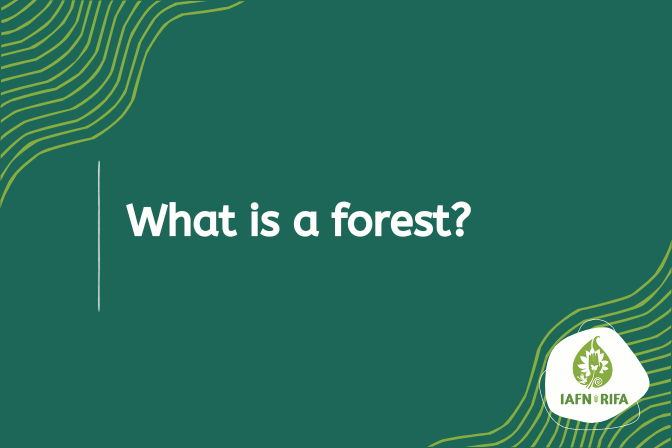
The following article is a condensed and edited version of an essay that appeared in the September 25, 2014 edition of The Island. The original article can be found here.
What is known by science reveals the forest as an ecosystem of tremendous complexity. But surprisingly, trees constitute only 1 % of its total biodiversity, 99% is organisms other than trees. Thus biodiversity is what gives a forest its identity.
The international response to the loss of natural forest ecosystems can be seen in the massive global investment in forestry. However, a great majority of these revegetation programmes around the world do not seem to provide an environment that is hospitable for sustaining local biodiversity. A situation brought about by neglect of the ecological and biodiverse reality of a forest in planning. There is no excuse to be found in the argument that there was no information. Forest ecology, as much as wildlife biology has had long and distinguished histories in the scientific literature. The result of this neglect was that institutional forestry activity became centered on the growing of even aged monocultures with fast growing trees with no requirement to attend to the rehabilitation of forests.

In many non-European societies throughout the world the protection or growing of forests often took on different social or religious meanings. A study of various forest formations in northeast India suggests that local ‘sacred groves’ may be the last refuge for remnant populations of certain species. In Sri Lanka, the concept of sacred groves has generally been associated with Temples or Shrines. The Temple Forest or Aranya has been referred to in Buddhist texts as far back as 200 A.D often it is the best sanctuary for native biodiversity in the whole village area.
Biodiversity is what gives a forest its identity. In this context, a forest must also be appreciated as a constantly changing, growing entity. From the small bushes of an area after a fire to the tall growth fifty years later, the species and architecture goes through many changes, all expressions of the growing, maturing forest.
The identity of a natural forest ecosystem can therefore be established. It has a certain state of complexity, biodiversity, soil quality, stability, ecological identity etc. The most mature or least disturbed providing the measure of best state. The species and patterns of ecosystems within a given natural forest will and does change over time, but all such changes involve species that were original to the area, in patterns that follow the natural seral succession of that forest. Here, seral succession refers to the patterns of change that occur if a patch of forest is cleared and left to natural regeneration processes. Often a progression from grassland, to scrubland to early forest to mature forest is seen.
The identity of an anthropogenic forest, while being defined by exotics and deviation from natural patterns, poses a complex but essential question; especially in the light of the need to manage for sustainable production and for value adding in agriculture. An anthropogenic forest can range from the modified, natural forests of the Kayapo of Brazil, which is comprised of a diverse mix of natural species, to pine monocultures in Sri Lanka, which are totally comprised of an exotic species from the Caribbean region. However, as many of these monoculture plantations have been developed and funded as forestry, it is crucial to address the relative values of each type of anthropogenic forest in relation to its performance as a forest.

The values that can be ascribed to a forest are manifold and range from social, to ecological to economic. These values have been long discussed on national and international fora and are being summarized by the international convention processes and in intergovernmental discussions. Some examples are: The Convention on Biological Diversity (CBD), the Intergovernmental Panel on Forests (IPF) or the Commission on Sustainable Development (CSD).
One of the primary values that have been ascribed to a forest is the value of extractive products such as timber, medicines, resins, fruits, nuts etc. Although timber has been the highest profile product, emerging markets for and values of the other wide array of products is now recognized as an area of tremendous future growth. Yet, more important in many ways are the forest services in terms of ecosystem output all of which still needs to be addressed.
In Sri Lanka the restoration of our forest ecosystems is a national priority, but when setting about the task, it will be useful to clarify if we seek to restore natural or anthropogenic ecosystems? If anthropogenic, are we going to invest in even-aged monocultures or high diversity tree cover? To be aware of where we are going is a useful way in which to begin a journey.

